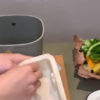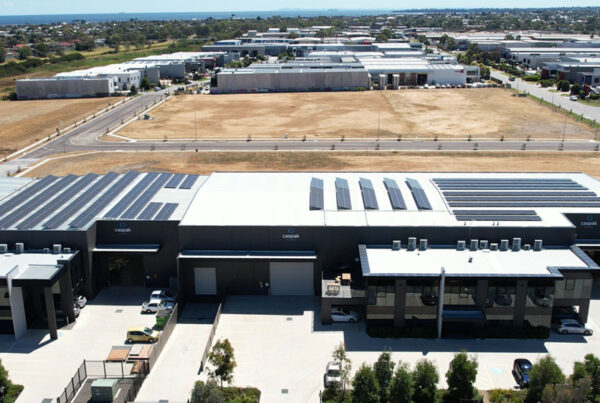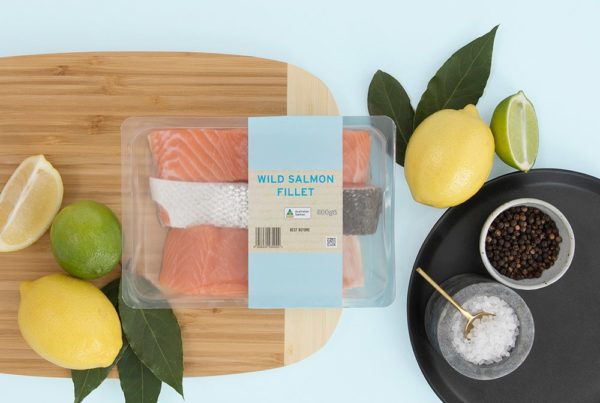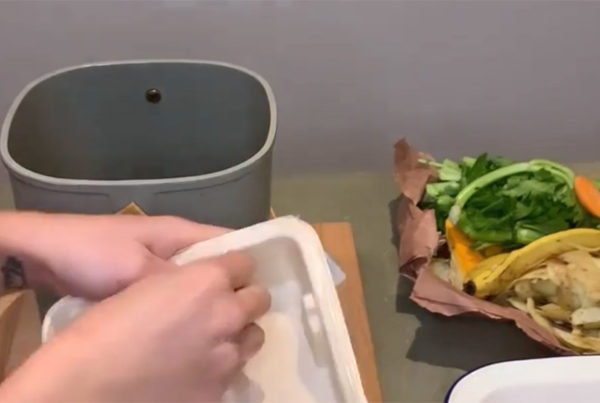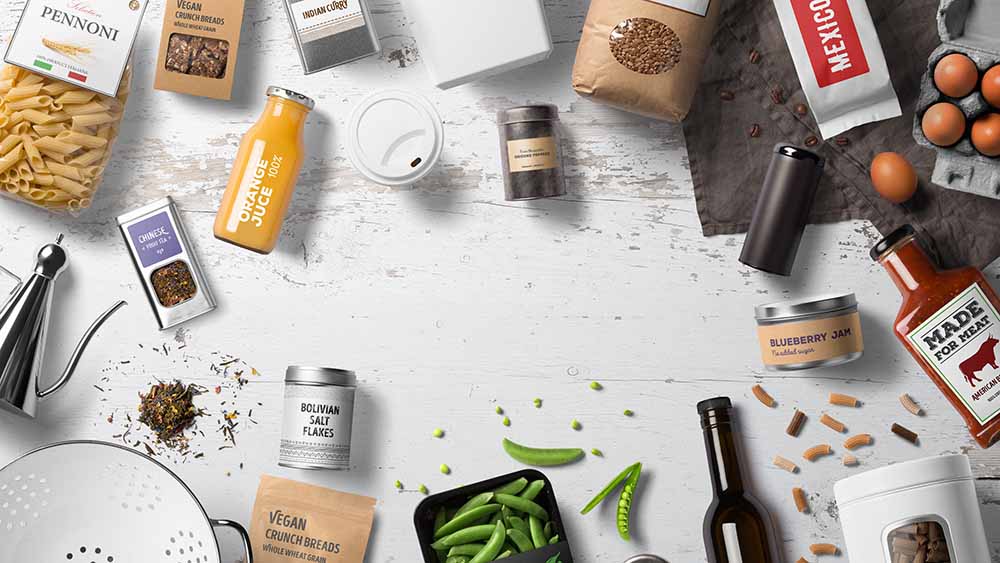
For the last twenty years, the rise in popularity of flexible plastic packaging has grown exponentially. The initial benefit to manufacturers was its versatility, low cost and resource efficiency.
In addition, flexible packaging allows for less use of materials than rigid packaging and, from an efficiency perspective offers sustainable use of materials, which has an important impact on carbon emissions.
Flexible plastic packaging also offers highly efficient shelf-life extension and plays a significant role in the prevention of food waste.
But not all flexible packaging is created equal.
The predominant soft plastic packaging, which includes flexible films and pouches for food such as cheese, fresh meat, or chips, on the shelf is multi-material, designed for gas barrier protection, preventing moisture and contaminants from penetrating the packaging. And whist this packaging has traditionally created the most desirable outcome from a food waste perspective, the packaging itself is difficult to recycle.
Despite this, the demand for flexible packaging continues to rise. According to CEFLEX (Circular Economy for Flexible Packaging), 50% of food packaging is flexible. And Euromonitor International states that 75% of the total global flexible packaging, which represents 41% of all packaging, is flexible plastic. In Australia, according to APCO, flexible plastics make up 32.7% of all plastic packaging and have a disturbingly low recovery rate of 10.7%.
The growing concerns around sustainability, from both businesses and consumers, have shifted the spotlight to mono-material flexible packaging. A report from Smithers Consultancy predicts that the mono-material market will increase at a compound annual growth rate of 3.8% and is driven by the need for easier to recycle polymer formats. Mono-material soft plastic is exactly what its name suggests, a single polymer plastic, which means that it can be recycled back into a high value product with multiple uses.
With the research and development into mono-material flexible packaging having advanced the available products to meet the high barrier and shelf-life requirements for food packaging, this option is a viable alternative to the difficult to recycle multi-material product that is still dominating the shelves.
There are two possible, probably parallel, solutions to this problem. We need to increase the flow of information and education to food producers that demonstrates the benefits of switching to mono-material products, including generating impact through CSR initiatives and meeting the 2025 National Packaging Targets. And we need a more cost-effective and energy-efficient way to recycle multi-material structures so that the end products produced are accepted for reuse in the market to create a circular loop economy.
There are currently only a handful of options globally that can handle this material, one of which is our partner REDCycle.
APCO’s advice to brand owners is that they need to phase out non-compatible polymers and move towards mono-material options especially polyethylene (PE) and polypropylene (PP) polymers. And this is especially important with the introduction of the Australasian Recycling Labels (ARLs) which is now highlighting to consumers soft plastics products that they may have previously thought were recyclable.
As with any man-made problem, the solution is not simple or black and white. In any move to a new product or products using new materials, especially in food packaging, food safety and shelf-life are the primary concerns, but from a market perspective, sustainability and the circular economy also come into play. The mono-material soft plastics available now address all these priorities.
With advances in product technology, combined with a collaborative effort between packaging suppliers, government and waste management to find new recycling solutions with viable markets, we can continue to improve the current available systems in the move towards a more sustainable overall solution.
In the meantime, as an industry, packaging solution providers need to create more education around the value of mono-material flexible packaging for food packaging as being a preferable source of material for recycling facilities, as well being the market-driven solution.




